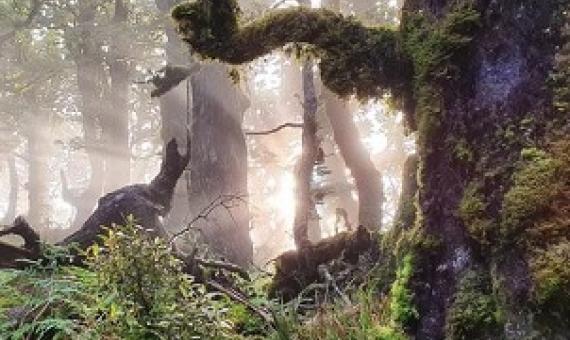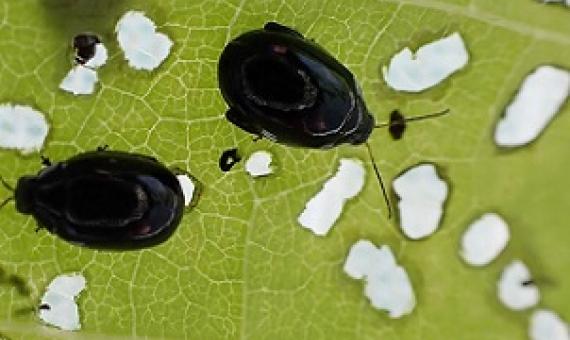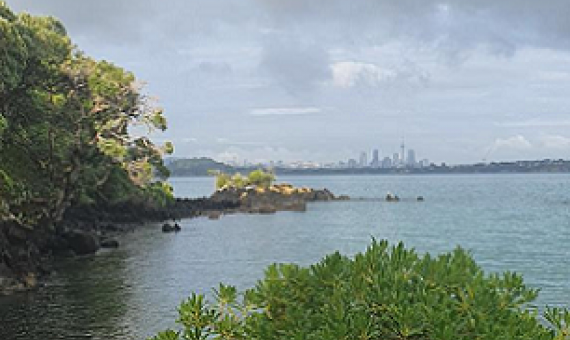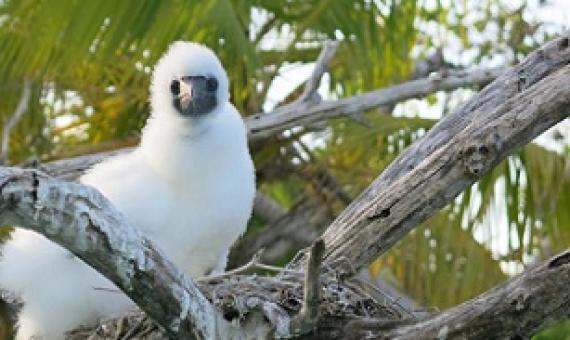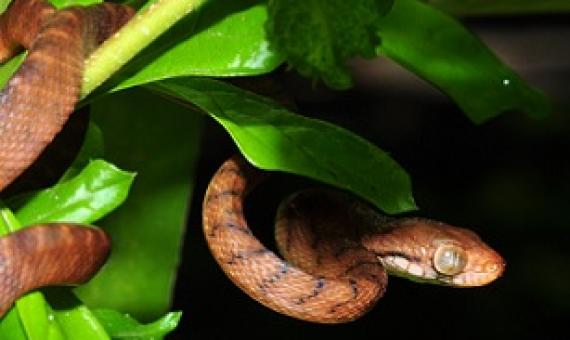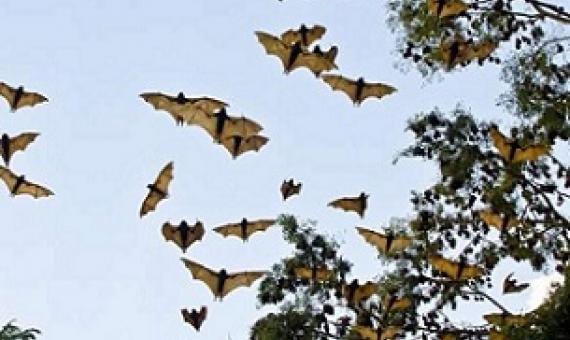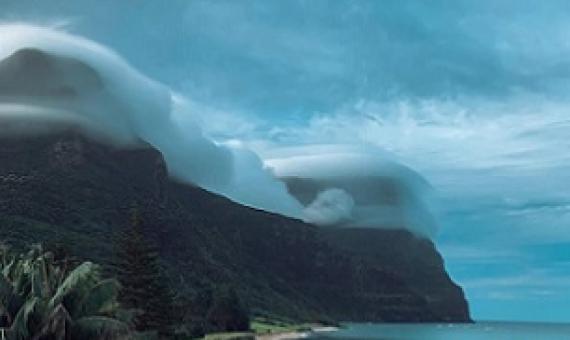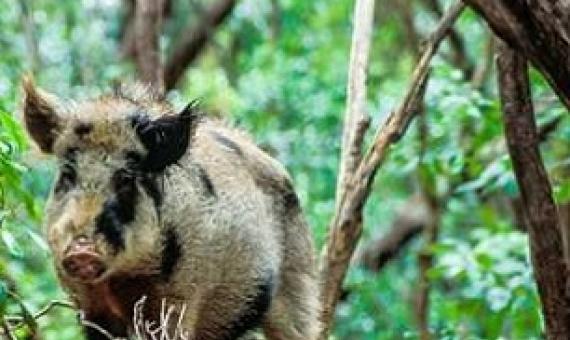Native habitats are increasingly unable to store carbon because introduced pests are chewing through forests, shrublands, and tussocklands, new research says. For the first time, Forest and Bird research has linked the habits of browsing pests to carbon emissions.
Introduced insects have landed on Rarotonga making it their new home in a combined effort to control an invasive tree.
The hunt is on for two remaining stoats causing havoc on Motutapu Island. The island has suffered four stoat invasions in one year, with evidence suggesting the stoats swam there...The Department of Conservation (DOC) and Ngāi Tai ki Tāmaki are now focused on trapping the two remaining stoat
Scientists have provided the first evidence to show that eradicating rats from tropical islands effects not just the biodiversity on the islands, but also the fragile coral seas that surround them.
As the region’s shipping and transport hub, Guam is a welcoming place for all planes and ships that come by. However, these crafts carry more than travelers and cargo.
CABI scientist Dr. Arne Witt has shared his expertise on invasive alien plant species as part of a new paper which argues that healthy ecosystems are vital in reducing the risk of future pandemics—such as coronaviruses (including COVID-19) - that threaten human health.
Ecologist Ian Hutton has lived on World Heritage-listed Lord Howe Island for 40 years and says it's a thrilling life, surrounded by pristine waters and subtropical forests. Mr Hutton said there were still discoveries to be made on the island, which lies about 600 kilometres east of mainland
A feral pig control programme on Waiheke has successfully reached a point where eradication is possible thanks to support from Ngāti Pāoa and other landowners and the Natural Environment Targeted Rate...Auckland Council Senior Conservation Advisor Deryn Dromgoole says the feral pig control progra
Status of birds and rodents on Niue following cyclone Heta in January 2004
On 6 January 2004. cyclone Heta devastated much of the South Pacific island nation of Niue. Extensive damage was done to forest, particularly of the north- western sector, with many trees up-rooted and others stripped of branches and foliage. This report details our findings from a survey of Niue's birds and rodents during 3-19 September 2004 and compares these with results from a similar survey in September 1994.
Restoration of Nu'utele & Nu'ulua islands, Samoa.: 1.0 Eradication of Pacific rat (Rattus exulans) : draft project plan
The islands of Nu'utele and Nu'ulua have been identified as highly significant sites for conservation in Samoa. They hold large populations of species currently found nowhere else in the country' including threatened land-birds, seabirds and nesting
turtles. They also are the only offshore islands large enough and far enough offshore to be considered as refuges for several of the nation's species threatened on the larger islands by introduced mammalian pests. Such refuges have assumed greater

